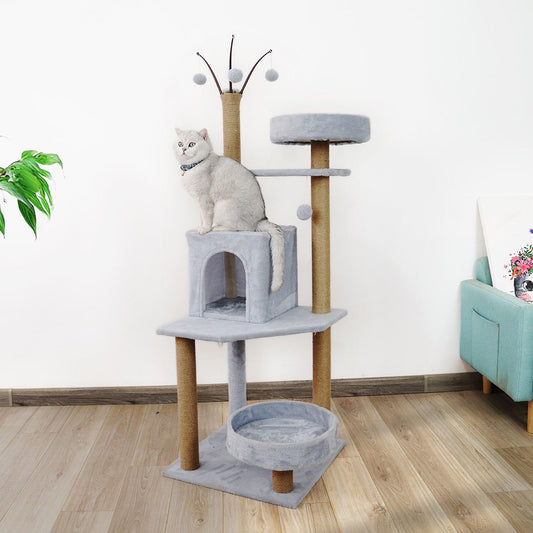Diabetes is a serious condition that affects not only humans but also our feline friends. Just like in humans, diabetes in cats requires careful management to ensure their well-being. If your cat has been diagnosed with diabetes, here are the top 10 ways to manage their condition:
1. Consult with a Veterinarian
The first step in managing your cat's diabetes is to consult with a veterinarian who specializes in feline health. They will provide you with the necessary guidance and treatment plan tailored to your cat's specific needs.
2. Monitor Blood Glucose Levels
Regular monitoring of your cat's blood glucose levels is crucial in managing their diabetes. Your veterinarian will teach you how to use a glucose meter and interpret the results. This will help you make informed decisions about their diet and insulin dosage.
3. Establish a Consistent Feeding Schedule
Feeding your cat at the same time every day helps regulate their blood sugar levels. Stick to a consistent feeding schedule and avoid free-feeding to prevent spikes and drops in their glucose levels.
4. Choose a High-Quality, Low-Carb Diet
Feeding your diabetic cat a high-quality, low-carbohydrate diet is essential. Look for cat food specifically formulated for diabetic cats, as these diets are designed to help regulate blood sugar levels and maintain a healthy weight.
5. Weight Management
Obesity is a risk factor for diabetes in cats. If your cat is overweight, work with your veterinarian to develop a weight management plan. This may include portion control, regular exercise, and feeding a calorie-controlled diet.
6. Administer Insulin as Prescribed
If your cat requires insulin injections, it is crucial to administer them as prescribed by your veterinarian. Follow the recommended dosage and injection technique to ensure your cat receives the proper amount of insulin.
7. Regular Veterinary Check-ups
Regular check-ups with your veterinarian are essential for monitoring your cat's overall health and diabetes management. These visits allow your veterinarian to assess their progress, adjust treatment plans if necessary, and catch any potential complications early.
8. Provide Environmental Enrichment
Stress can affect your cat's blood sugar levels. Provide them with a stimulating and stress-free environment by offering toys, scratching posts, and comfortable resting areas. Minimizing stress can help regulate their glucose levels.
9. Educate Yourself
Take the time to educate yourself about feline diabetes. Understanding the disease, its symptoms, and treatment options will empower you to make informed decisions and provide the best care for your cat.
10. Seek Support
Managing a cat with diabetes can be challenging, but you don't have to do it alone. Seek support from online communities, support groups, or forums where you can connect with other cat owners facing similar challenges. Sharing experiences and advice can be invaluable.
Remember, managing diabetes in cats requires dedication and commitment. By following these top 10 ways to manage diabetes in cats, you can help your feline companion live a happy and healthy life.





